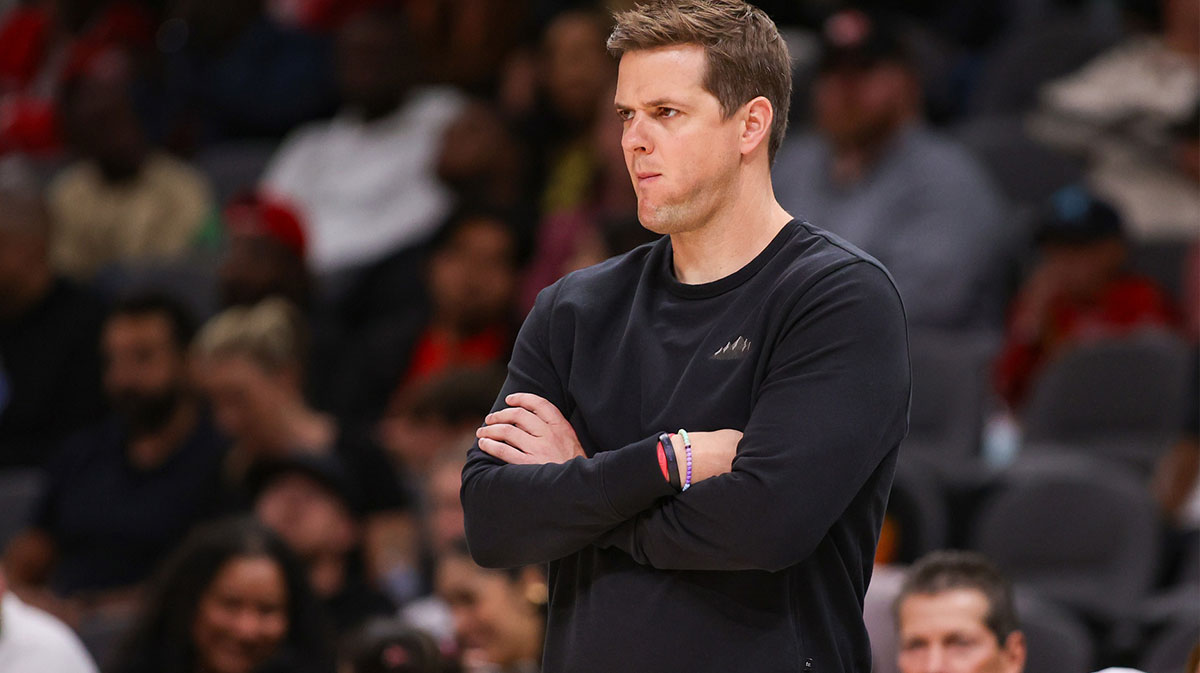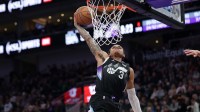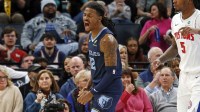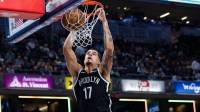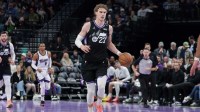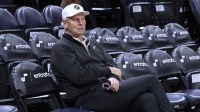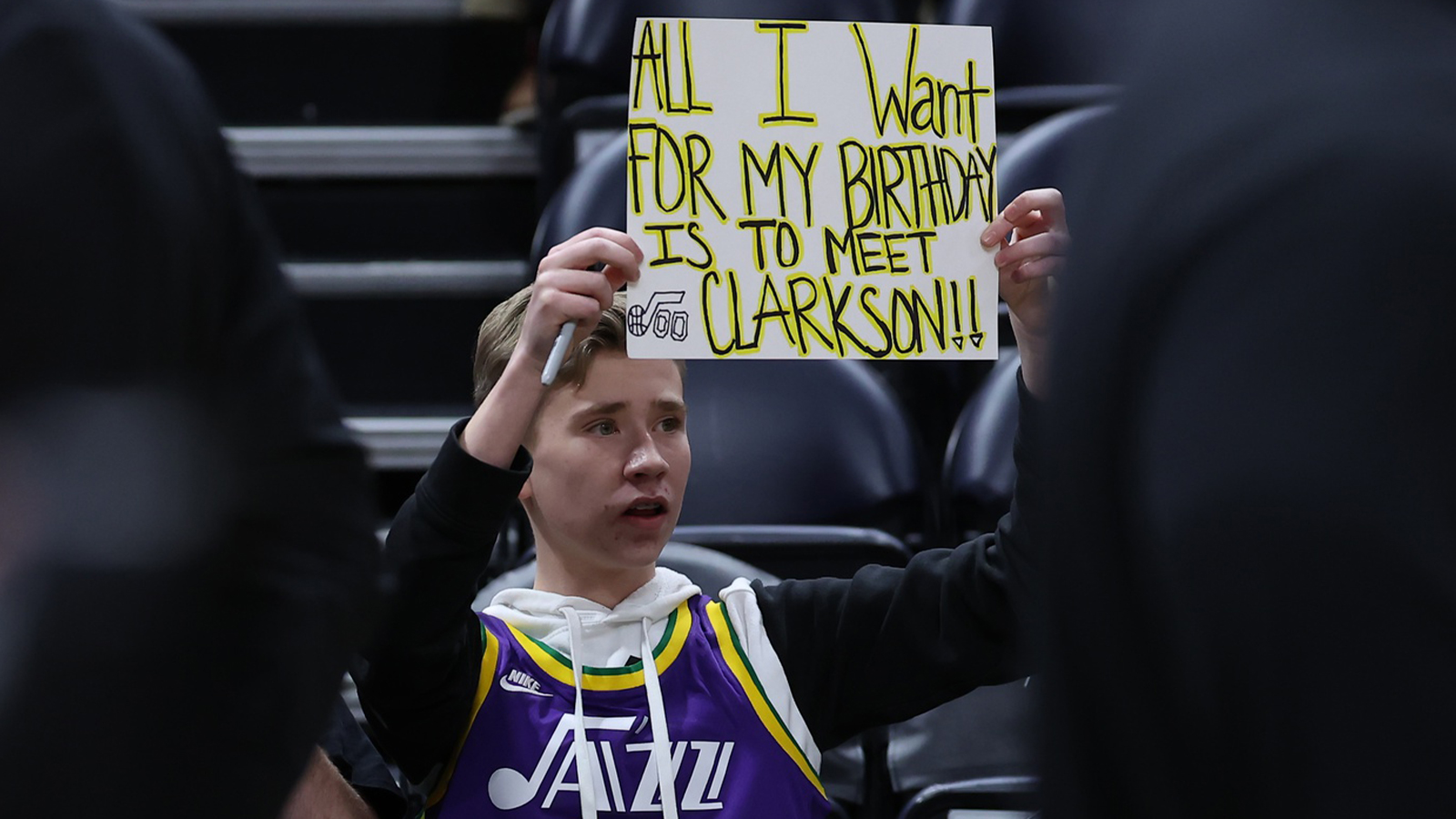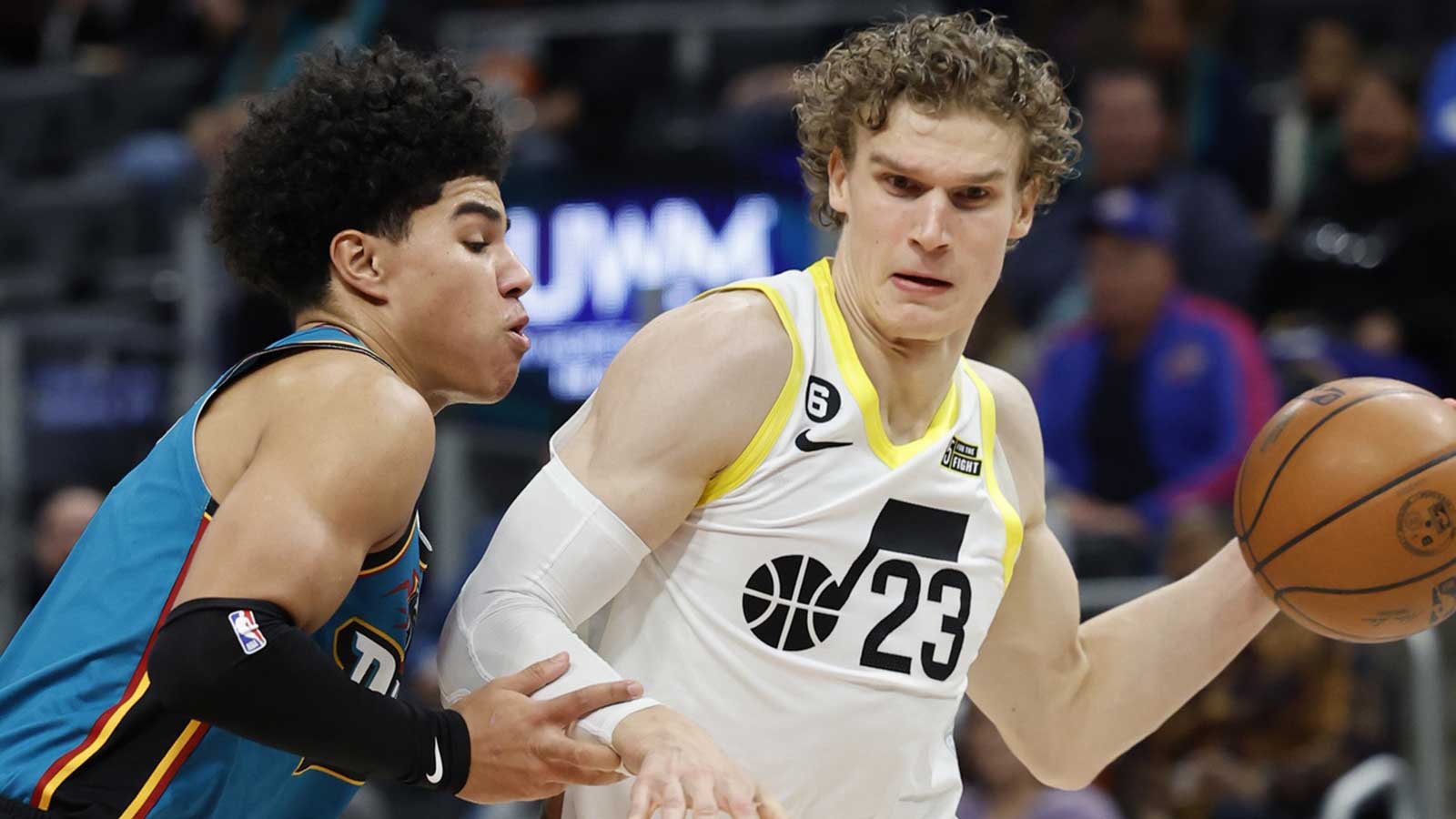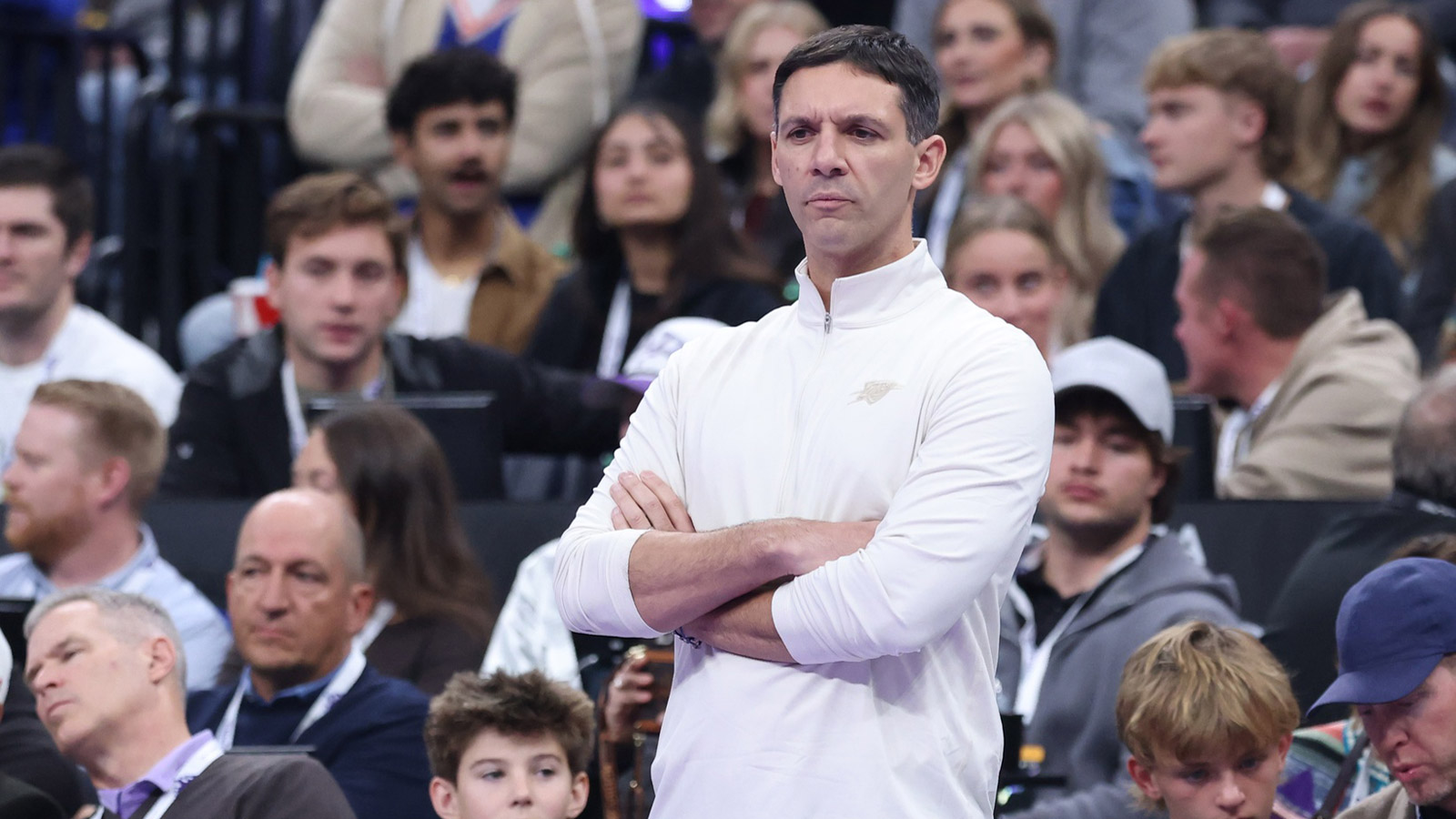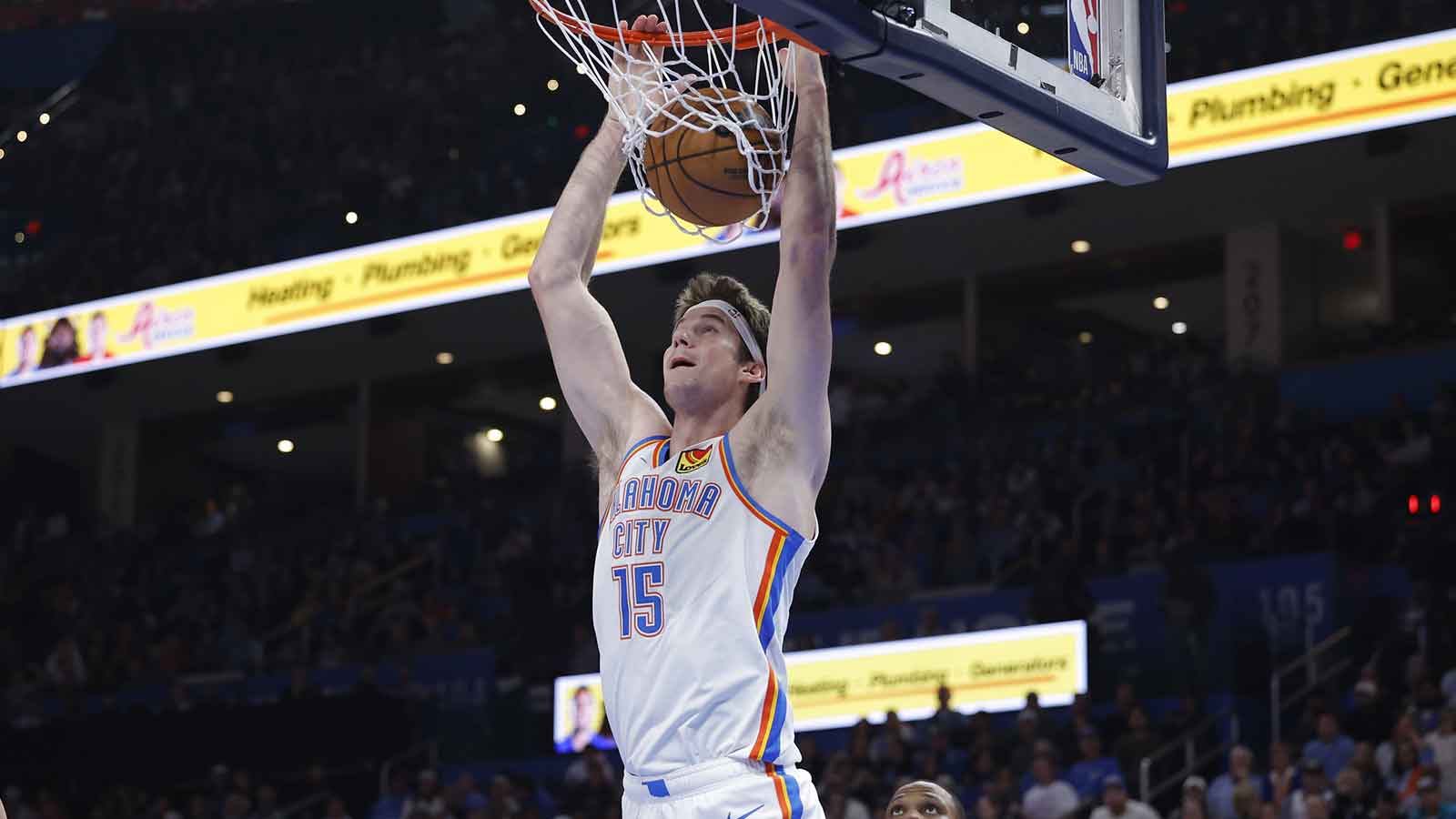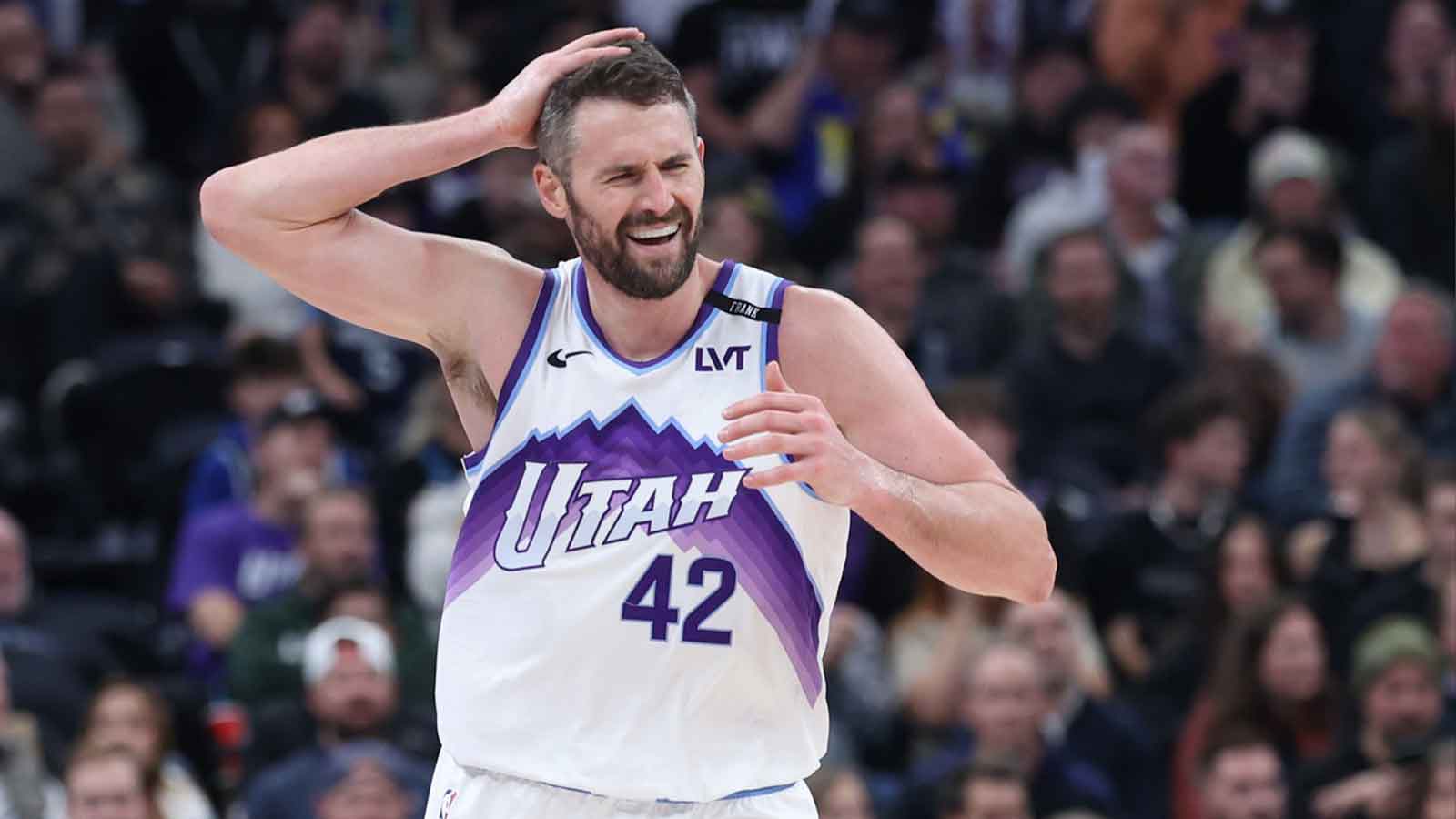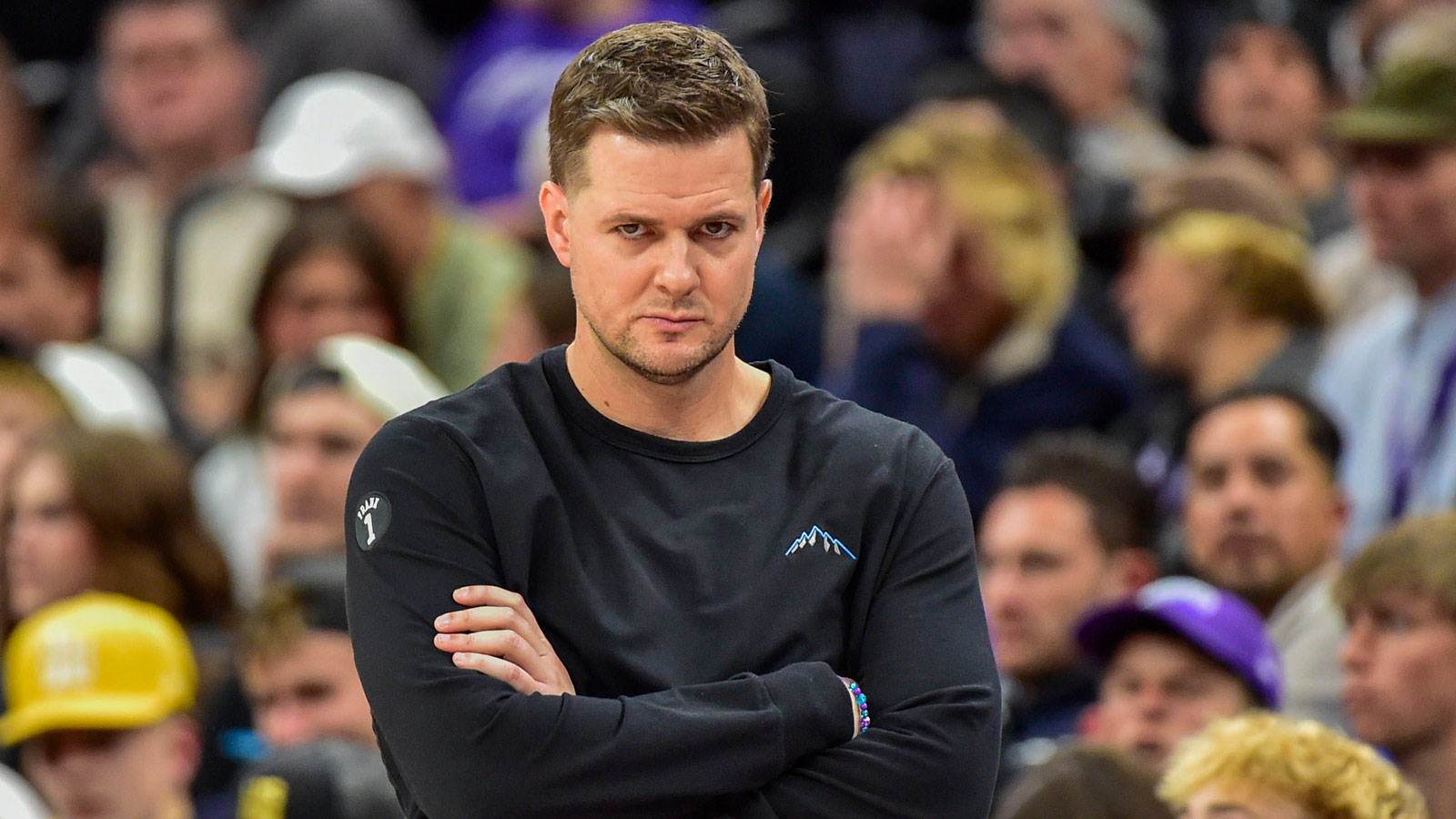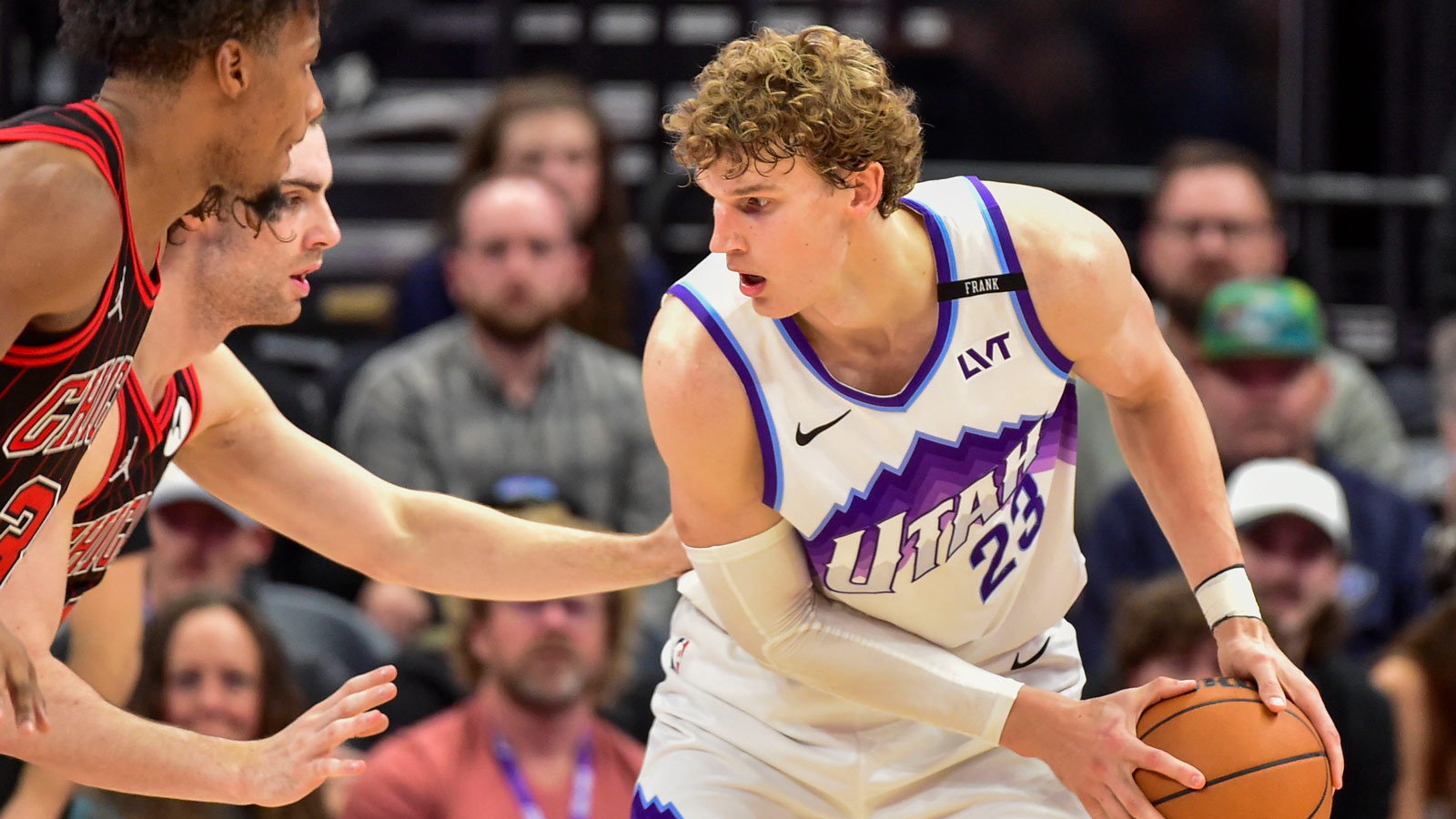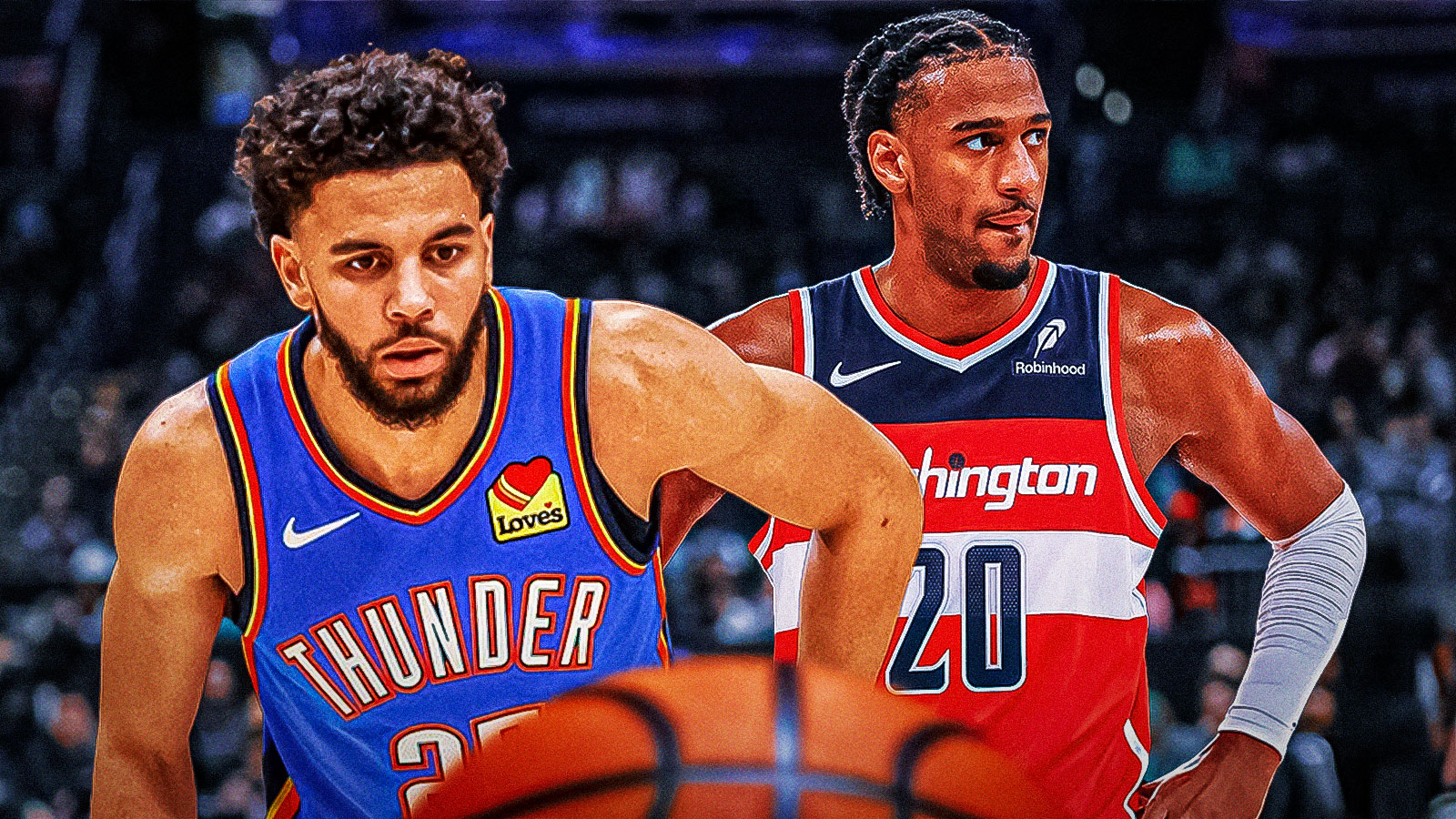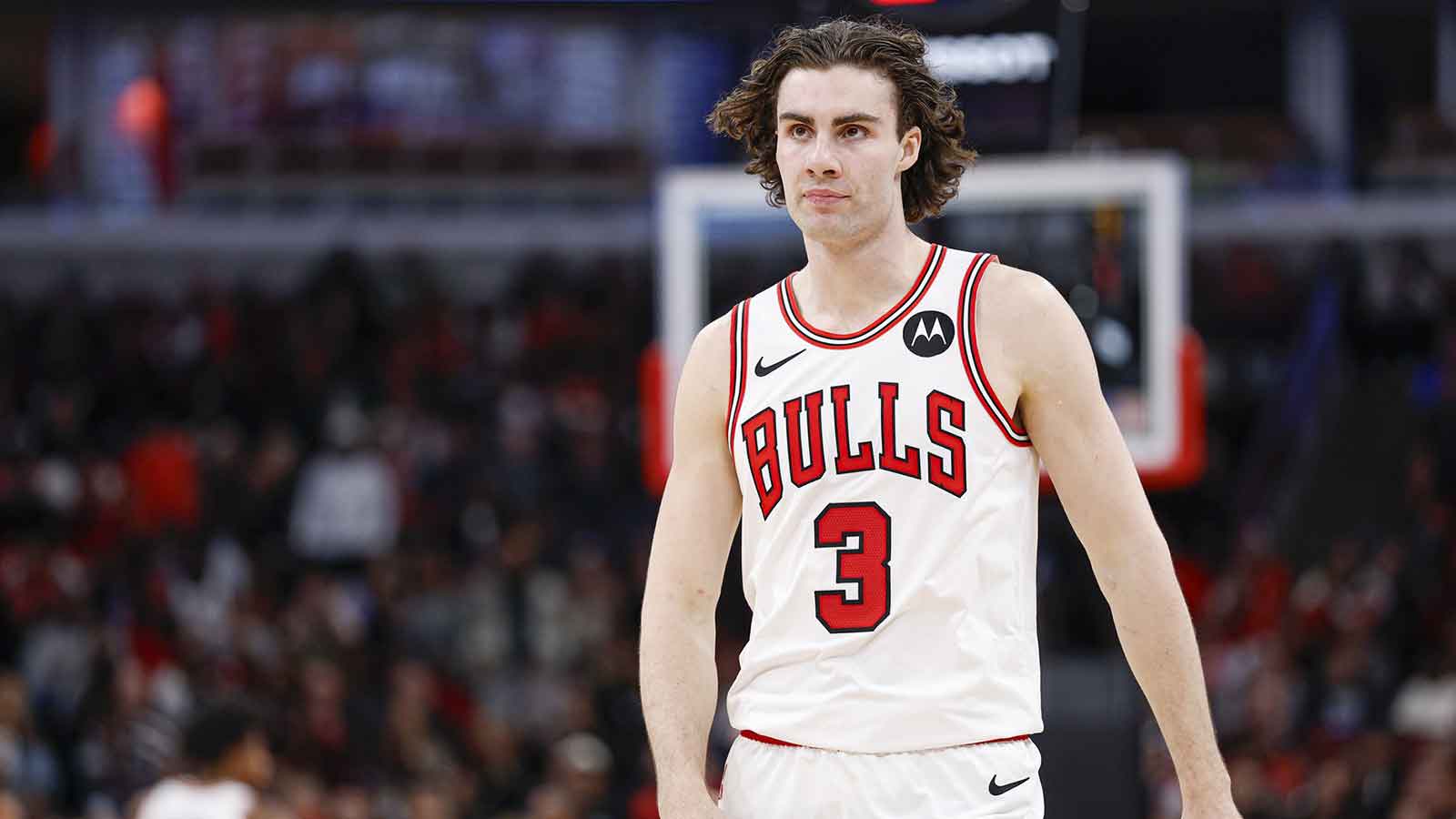The Utah Jazz are entering the 2025-26 season with heavy baggage from one of the darkest stretches in franchise history. Last year’s 17-65 finish wasn’t just their worst record ever; it was a sharp reminder of how quickly the bottom can fall out of a rebuild.
A fan base that once saw the Jazz top the Western Conference in 2020-21 now finds itself clinging to memories rather than milestones, as the present looks more like a prolonged reset than a return to relevance. With the NBA schedule now officially released, it becomes easier to chart the road ahead, weigh the roster against the competition, and predict how this once-proud franchise will navigate another grueling season in a deep Western Conference.
Lessons from a historic collapse
Utah’s 2024-25 campaign felt like a cautionary tale about the dangers of half-measures in a rebuild. Their 17 wins placed them at the very bottom of the league, and they were among the last to secure even a single victory. Injuries, inconsistent rotations, and a lack of dependable stars turned each game into a test of survival. The Jazz lost their edge early, often falling behind by double digits before halftime. The once-feared altitude advantage in Salt Lake City became meaningless as opposing teams repeatedly walked away with lopsided victories.
This was not a one-year anomaly. The franchise has been unraveling since trading away Donovan Mitchell and Rudy Gobert in 2022. What followed was a slow erosion of the competitive culture that defined Utah for decades. By the time the 2024-25 season ended, the Jazz were no longer viewed as a rebuilding team with upside, but as a franchise drifting without a clear direction. The Jazz's offseason trades: Kyle Anderson, Kevin Love, and Jusuf Nurkić arriving while Jordan Clarkson, Collin Sexton, John Collins, and Johnny Juzang departed were moves that looked more like shuffling than solving. No free-agent signings underscored a lack of urgency. That quiet summer leaves Utah’s 2025-26 outlook fragile at best.
Predicting the 2025-26 regular season
The NBA schedule has provided some clarity on how this season might unfold. Utah opens with a home date against the Lakers, followed by a tough road trip to Sacramento and Phoenix. Early stretches like these will likely set the tone: if the Jazz stumble to another slow start, the weight of last season’s failures could resurface quickly.
Inject this into our veins 💉💉
Offseason is just getting started pic.twitter.com/4duRWDya0t
— Jazz Lead (@JazzLead) June 14, 2025
When comparing Utah’s position to last year’s Brooklyn Nets, who managed 26 wins with a stripped-down roster and no true star, it becomes apparent that Utah should at least aim to cross that threshold. Unlike the Nets, though, Utah lacks even a singular draw like Mikal Bridges, a player who could swing close games.
Taking into account roster changes, player development curves, and the overall strength of the West, a reasonable projection places Utah at 24-58, an improvement but still well below respectability. Their home-court advantage, the occasional breakout night from role players, and matchups against fellow lottery-bound teams like Charlotte or Washington will give them just enough to avoid repeating last year’s rock bottom. But wins will remain scarce against the heavyweights of the conference.
Projected conference seeding and playoff outlook
With a predicted 24 wins, Utah will once again occupy the basement of the Western Conference standings. The 15th seed seems highly probable, though finishing 14th is possible. Either way, playoff basketball is far beyond their reach.
Even in a best-case scenario where the Jazz outperform expectations and push toward 30 wins, the Western Conference is unforgiving. The play-in tournament cutoff is projected around 39-40 wins, meaning Utah would need a leap that simply isn’t supported by their current roster construction. The Jazz will be lottery participants again, potentially with one of the top five picks in the 2026 NBA Draft.
Other predictions
A season this bleak rarely passes without internal turmoil. Head coach Will Hardy has shown promise in developing talent, but another bottom-dwelling finish could test the patience of ownership. While a midseason firing seems unlikely, Hardy’s seat will undoubtedly warm if Utah fails to demonstrate tangible progress. The bigger question is whether the front office remains committed to Hardy’s vision or begins eyeing alternatives.
On the trade front, veterans like Kyle Anderson, Jusuf Nurkić, or even Kevin Love could be moved by the deadline. These are stopgap pieces, and contenders may see value in their experience and skill sets. Utah’s rebuild demands draft capital, and flipping veterans for future picks will remain the most logical strategy. By February, the Jazz could once again look younger and leaner, signaling another reset within a reset.
As for awards, it is difficult to project any Jazz player making noise on the national stage. Without a legitimate star, Utah will not produce an MVP candidate, an All-NBA selection, or even a serious Sixth Man of the Year contender. The best-case scenario would be a young player earning All-Rookie honors or Most Improved Player buzz, though the roster lacks a clear candidate poised for such a leap. If there is one hopeful note, it is that rebuilding years sometimes create opportunity: a young guard or forward could carve out a bigger role and surprise with their development.
The cultural question
Beyond wins and losses, the deeper issue for Utah is cultural. The franchise that once prided itself on stability and competitiveness is now grappling with irrelevance. Stockton’s words ring true: it is much harder to restore a winning culture once it has been lost. The 2025-26 season will test whether the Jazz can begin piecing together an identity or whether they will drift further into the NBA’s shadows.
Fans, too, face a dilemma. The Jazz are not actively tanking, but they are also not competing. This limbo leaves supporters searching for reasons to stay engaged. The 2025-26 schedule offers marquee home dates against the LA Lakers, Golden State Warriors, and Boston Celtics, which may fill the arena for the spectacle of visiting stars rather than belief in the home team. The Jazz’s challenge is to rekindle passion not through wins alone, but through the promise of a coherent direction.

